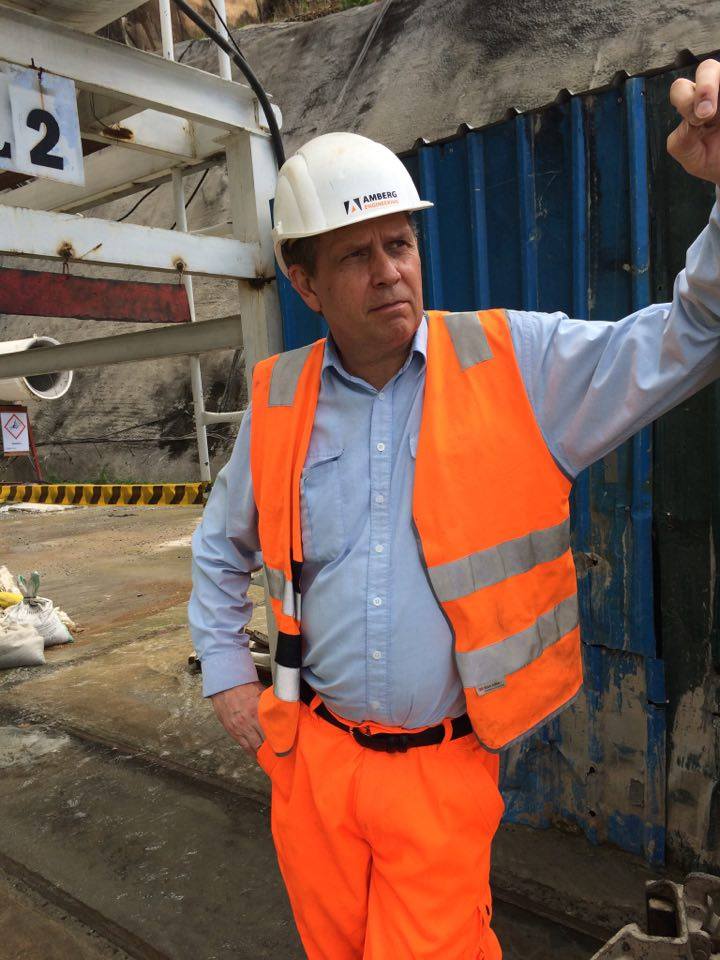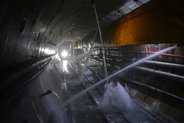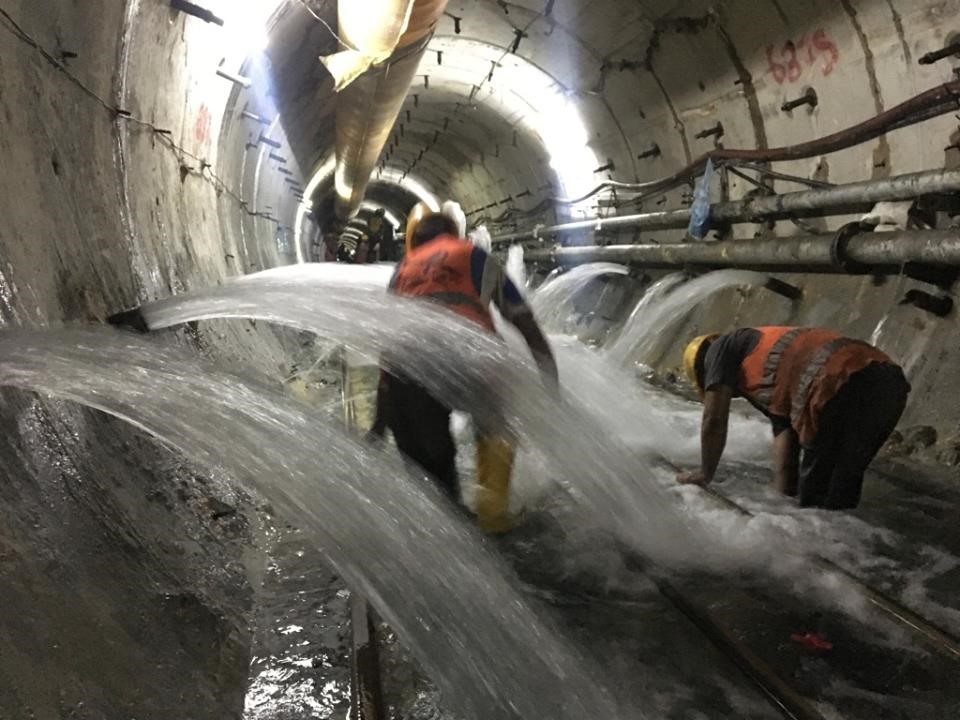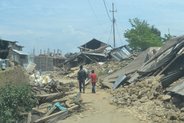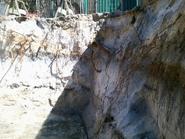GFWAust has established a relationship with Mainmark Civil & Mining P/L to provide a complete chemical and cementatious grouting solution.
Mainmark Civil & Mining P/L is part of the Mainmark Corporation - leaders in advanced ground engineering technologies. Mainmark offers a unique, innovative service rectifying problems with foundation ground in residential, industrial, commercial and civil engineering situations. Mainmark specialises in resin injection technology, and is the licensed provider of the Uretek® technology in Australia, New Zealand, Japan, and Thailand.
